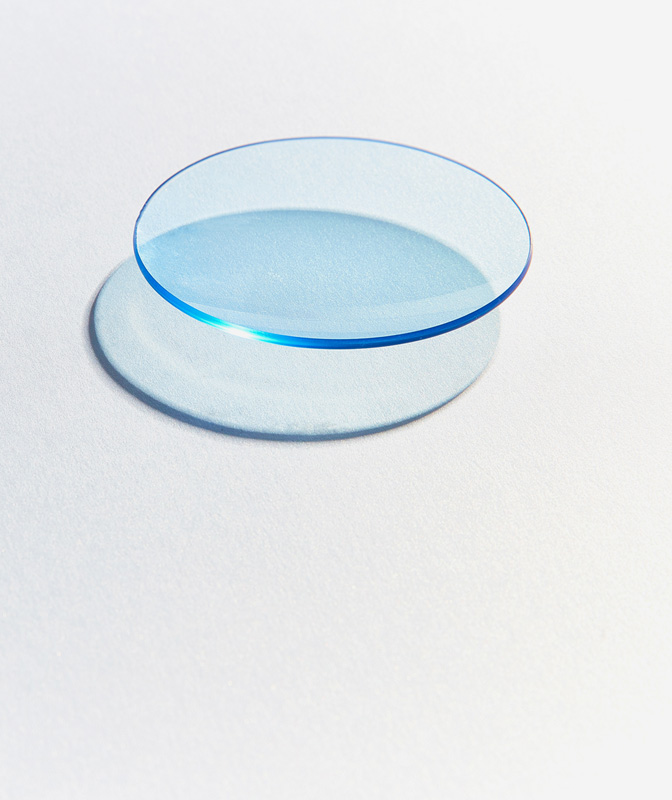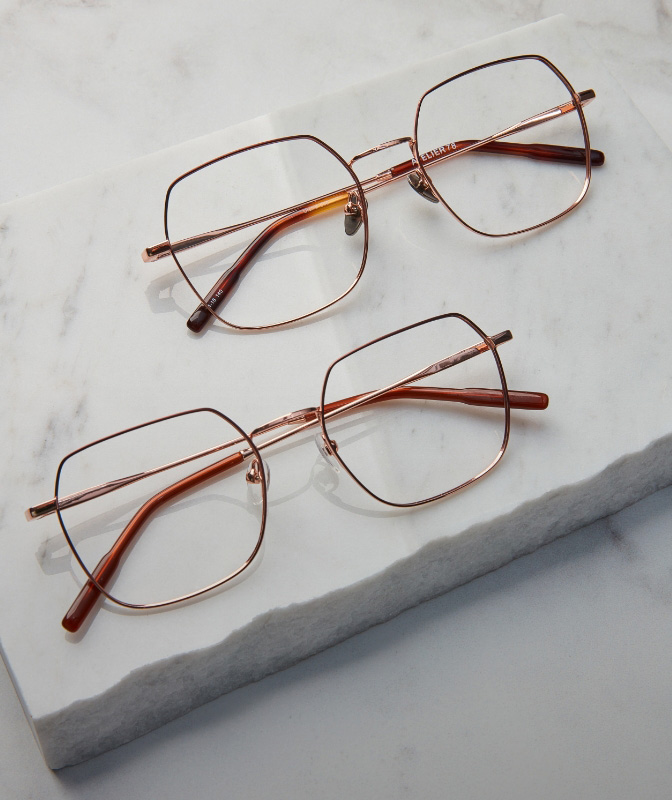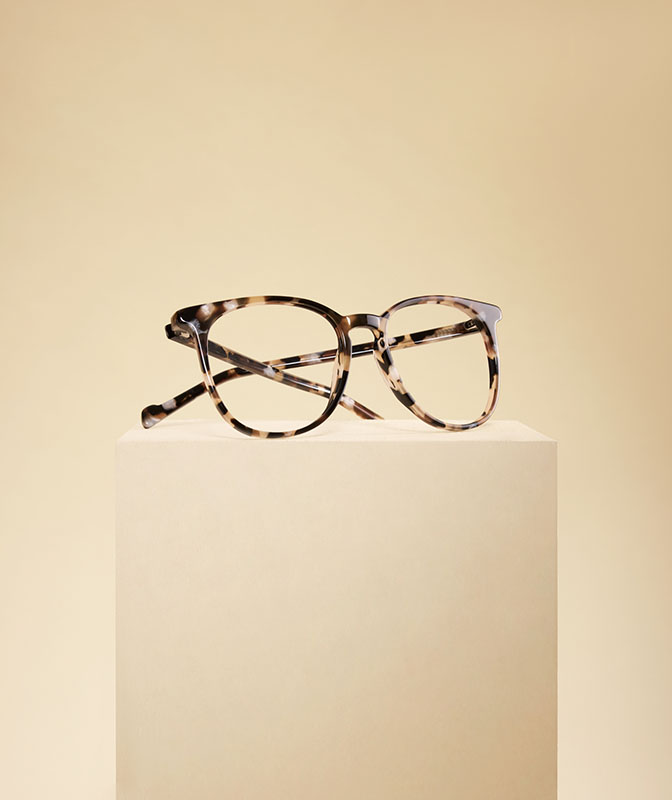Why is it so important to be prepared for winter?
If you’re a winter sports enthusiast, you know how important it is to be properly equipped before hitting the slopes or heading to the mountains. It’s equally important to protect your eyes from the sun. In addition to winter boots, multi-layer clothing and ski and snowboard accessories, it’s highly recommended to wear sunglasses or ski goggles in the mountains, because even though it’s cold, the sun’s rays are more intense at altitude than at the beach in summer.
Without proper protection, the intensity of light rays at altitude can seriously damage your eyes. Here are a few facts to help you better understand the dangers of the sun’s rays and their reflection off ice and snow for your eyes.
What is snow blindness?
Mountain getaways are becoming increasingly popular among winter sports lovers. You should know, however, that a number of factors can jeopardize the health of your eyes at altitude.
In the mountains, the UV index increases by around 10% for every 1,000 m of altitude. And while sand can reflect between 5% and 25% of the sun’s rays, and water between 10% and 30%, snow reflects between 40% and 90%. In the long term, prolonged exposure to UV rays can lead to eye diseases such as cataracts, age-related macular degeneration (AMD) and chronic dry eye.
Snow blindness, also known as solar keratitis or photokeratitis, is an inflammation of the conjunctiva and cornea caused by overexposure to UV rays. Similar to a “sunburn”, this condition affects the cornea. Symptoms include excessive tearing, pain, redness and extreme sensitivity to light (photophobia). If you think you have snow blindness, don’t worry, our optometrists can diagnose and treat the condition.
Why is it important to protect your eyes when skiing?
Sun safety is not just for the beach. In the mountains, the sun’s rays are even more dangerous, especially when they reflect off the snow. Even on cloudy days, it’s crucial to protect your eyes, because they can become sunburned after only 30 minutes of exposure to the sun.
What is even more harmful for our eyes
The heat is less noticeable in winter than in the summer, so it’s easy to underestimate the risks of the sun. In winter, though, UV light can do even more damage in the mountains. At high altitudes, glare is amplified and can affect vision, making it difficult to see obstacles on the slopes. In addition to providing protection from the sun, polarized lenses can limit glare from reflective surfaces like snow.
Bright light and UV rays are the eye’s enemies. While using sunscreens will protect your skin, wearing protective eyewear is just as important.
Children under 12 are particularly sensitive to UV rays, because their crystalline lenses are not yet sufficiently developed to effectively filter them out. So, it’s important for kids to wear protective eyewear that features a wraparound style and shatterproof lenses.
Without adequate protection, a few minutes of exposure is all it takes to alter the cornea, causing redness, tearing and pain.
Sources:
American Academy of Ophthalmology. Sun protection tips for healthy eyes. Available at: https://www.aao.org/eye-health/tips-prevention/sun. Consulted on November 7, 2024.
World Health Organization. Radiation: Ultraviolet (UV). Available at: https://www.who.int/news-room/questions-and-answers/item/radiation-ultraviolet-(uv). Consulted on November 7, 2024.






